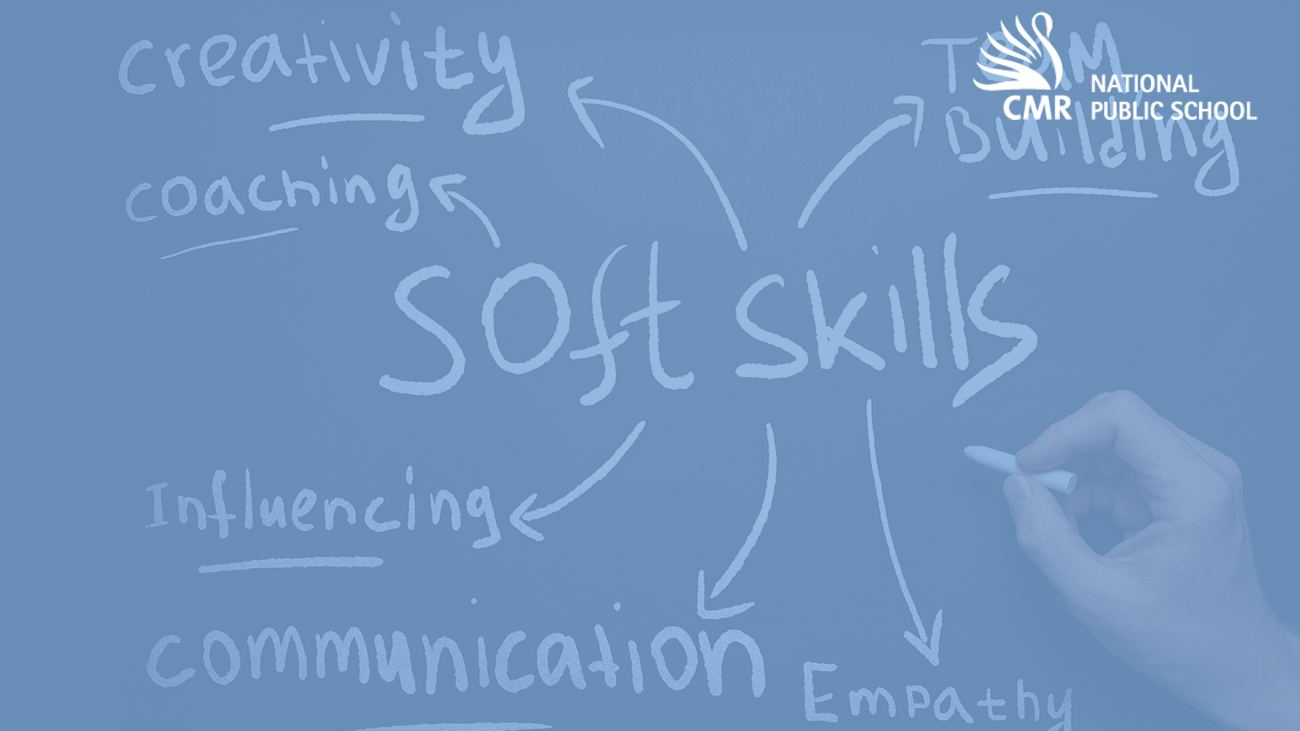Table of Contents
A 2008 editorial mentioned that expressing personal thoughts, discussing social issues or topics, and maintaining good relationships with intellectuals over Twitter positively influenced students’ academic achievements. Likewise, a 2010 editorial by Liu mentioned using YouTube for educational purposes led to constructive online discussions, thus adding more value to students’ overall learning processes. Both instances had a common objective: the use of social media in education.
Similar events led many instructors worldwide to use social networking sites as tools for informal, unstructured learning and bonding with students & the parent community, especially during and after the 2020 COVID-19 pandemic.
Many experts advocate the benefits of social media for students. They mentioned that the “dynamic” nature of social networking sites allows users to:
- Collaborate & interact with a diverse population;
- Creatively express their ideas; read, comprehend, or share information instantly (regardless of space or time); and
- Develop interpersonal communication skills.
This could benefit them in their future professions. While social media cannot replace formal education, its potential for informal learning, skill development, and personality development among millennials cannot be overlooked.
What Is Social Media & How Does The World Use It?
Social media or social networking sites are helpful web resources or applications initially introduced to help people connect. In time, they were updated to target other objectives like wide-scale communication, community-based interaction, collaboration over social projects or causes, content sharing, marketing & promotion, and business.
Some of the most commonly used social networking sites or apps in India include:
- Instagram: A platform for sharing photos and short-duration videos.
- YouTube: A platform for sharing long videos.
- Facebook: A platform for content-sharing, marketing, gaming, and entertainment.
- WhatsApp: A platform for free messaging and sharing of multimedia files.
- Telegram: A platform for community sharing of academic content & question banks through channels and groups. It supports group studies.
- LinkedIn: A platform for professional networking, broadcasting company culture, and job searching.
- Twitter: A platform for precise communication and reporting.
- Pinterest: A platform for propagating well-researched, precise, and creative graphical content (e.g., infographics, tips, video PRs, posters, etc.).
- Zoom: A platform for video or audio conferencing, webinars, and online learning.
Use Of Social Media In Education
Educators can use different platforms to reinforce formal learning in schools. There are multiple uses of social media in education, from sharing academic announcements to offering a peek inside the classrooms to holding live discussions. For instance:
- Facebook Groups can be used to host discussions and stream live lectures for different grades in private or public mode. Teachers could post topics and encourage students to participate in community discussions. They could also use it for posting reminders and sharing regular classroom updates.
Youngsters could pursue their academic or extra curricular interests and stay updated by joining groups/pages of global organisations. E.g., ISRO, NASA, Animal Planet, The History Channel, National Geographic, The Brightside, etc. Many online educational platforms run live videos and podcasts on selected topics for different grades. Students could benefit by subscribing for these updates.
Students can be part of Facebook event page. E.g., career fairs, open days, exhibitions, inter-school competitions, etc.
They can also start a YouTube channel to upload school assignments, podcasts with seniors,make creative videos with parental assitance.
Growing Better: The Benefits Of Social Media For Students
- Social networks can help students hone a range of socio-emotional and professional skills. E.g., Comprehension (reading, understanding and decoding content), Creativity (creatively presenting ideas to stand apart from the crowd), Observation (understanding general perception and behaviour), Analysis (knowing what resources to use), Respect (following social media etiquette while posting), Digital Citizenship (using different platforms for personal or professional growth), etc.
- Using social media responsibly could help students connect with like-minded individuals to form lifelong friendships.
- The youngsters might become more aware of social causes (such as Daan Utsav, afforestation drives, cleaning campaigns, public donations, event volunteering, etc.) and participate in them to make society a better place. The youngsters might become more aware of social causes (such as Daan Utsav, afforestation drives, cleaning campaigns, public donations, event volunteering, etc.) and participate in them to make society a better place.
- Caregivers can use this as an opportunity to help students improve their organisational and time-management skills by limiting their screen time.
- The most significant benefit of social media for students is that it supports the development of independent learners who could leverage this knowledge for career growth, social connections, and personal development.
The best schools in Bangalore have understood and started harnessing the power of social media to make learning fun, interactive, and engaging for different kinds of learners. With its spacious, well-equipped, and technologically advanced campus, CMR National Public School digitally empowers students and accelerates their skill-development process. Click to discover how CMR NPS helps raise children as thought leaders for a better tomorrow.


